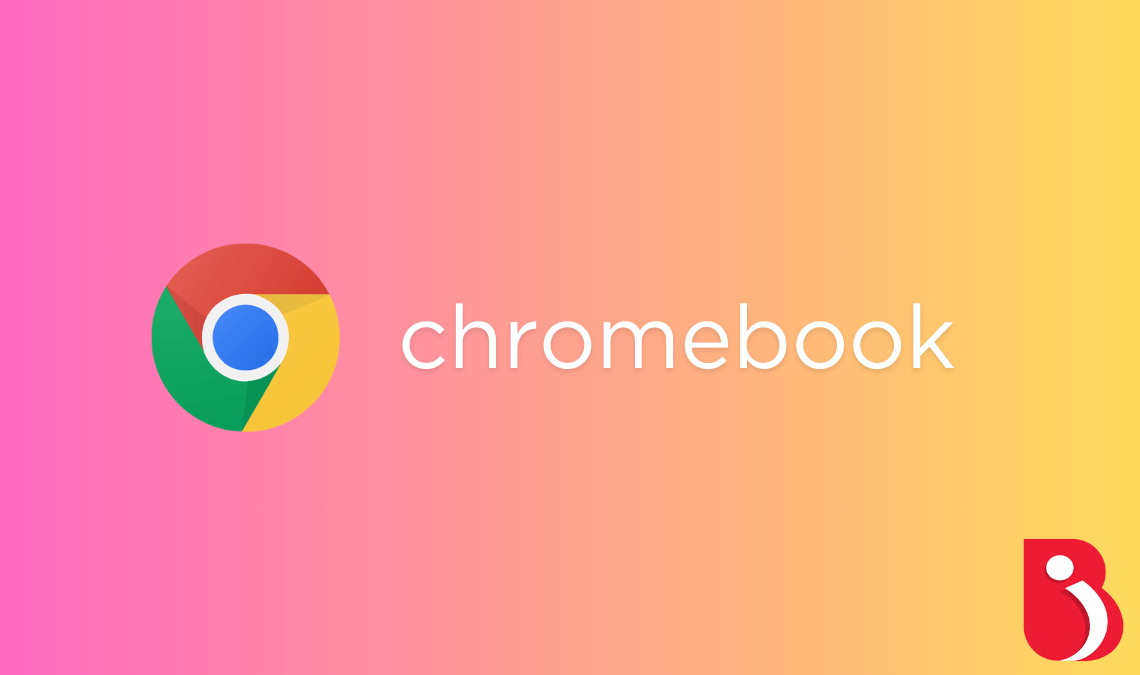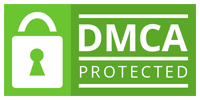
- Installing browsers via the Google Play Store.
- Using Linux (Crostini) to install desktop versions.
- Accessing remote browsers through Chrome Remote Desktop or cloud services.
Chromebooks are also known to be easy to use, fast, and based on the Chrome browser created by Google. However, there are numerous reasons why many users choose to use alternative browsers, including features, greater privacy or compatibility with devices. Fortunately, you can use any web browser on a Chromebook despite the fact that Chrome OS is optimized to Google Chrome.
Here we will discuss the various methods of installing and using any web browser on a Chromebook, such as the famous browsers Firefox, Opera, Microsoft Edge, and so on.
Why Use Any Web Browser on a Chromebook?
Although Google Chrome is the default browser on a Chromebook, some other alternatives may be worth considering because of:
- Special Features: There are various browsers that possess features which may not be found in Chrome. Firefox has a reputation of being privacy-friendly, and Opera has an integrated VPN and ad blocker.
- Privacy and Security: In case you do not want to be subjected to the wide-ranging Data gathering practices of Google products, you can find more privacy-friendly browsers such as Firefox and Brave.
- Cross-Device Syncing: When you switch to another browser on your Windows or macOS computer, it may be a good idea to install the same on your Chromebook so that the bookmarks, history, and preferences are synchronized between the devices.
Method 1: Install Browsers from the Google Play Store
Google Play Store is the easiest way to use any web browser on the Chromebook. Most of the browsers, including Firefox, Opera and Microsoft Edge, are also available on Android versions that can be downloaded directly.
Step 1: Enable the Google Play Store
- To open the system menu, click the time icon on the right hand side of your screen.
- Select Settings.
- Go to Google Play Store and switch it on (in case not already set on). Complete set up by following instructions on screen.
Step 2: Install a Browser from the Play Store
Once the Play Store is enabled:
- Look up the browser you would like to install, Firefox, Opera or Edge.
- Click Install and wait till the download is completed.
- Launch the browser installed on your application list or add it to the shelf where you can access it easily.
Note: These browsers are generally the mobile versions, however, you can use any web browser on your Chromebook and most features have been made available on the mobile versions.
Method 2: Using Linux (Crostini) to Install Desktop Browsers
In its entire desktop format, however, you would like to use any web browser on a Chromebook, the Linux environment (Crostini) is an excellent option..
Step 1: Enable Linux on Your Chromebook
- Go to Settings.
- Scroll down to Linux (Beta) under the Developers section.
- Click Turn On and go through the setup instructions.
Note on Chromebook compatibility: Chromebooks compatible with this site may not support some Android browser applications. The features and performance may vary slightly compared to the desktop versions, and hence the results may vary depending on your device.
Step 2: Install a Browser via the Terminal
Linux can then be configured and using the Terminal, you can install any desktop browsers.
Installing Firefox:
- Open the Terminal.
- Run the following commands:
sudo apt updatesudo apt install firefox-esr - After installation, launch Firefox from the Linux apps menu.
Installing Brave Browser:
Users who like privacy-first browsing can also install Brave:
- In the Terminal, type in the following commands:
sudo apt install apt-transport-https curlcurl -s https://brave-browser-apt-release.s3.brave.com/brave-core.asc | sudo apt-key --keyring /etc/apt/trusted.gpg.d/brave-browser-release.gpg add - echo "deb [signed-by=/etc/apt/trusted.gpg.d/brave-browser-release.gpg] https://brave-browser-apt-release.s3.brave.com/ stable main" | sudo tee /etc/apt/sources.list.d/brave-browser-release.listsudo apt updatesudo apt install brave-browser - Once installed, Brave is just like any other desktop browser that can be used.
Installing Chromium:
The open-source version of Chrome is called Chromium, which can be installed via the Terminal using:
Copy codesudo apt install chromium
Running Linux allows you to have all the desktop versions of these browsers, and it can be considered one of the best ways to use any web browser on a Chromebook
Performance Tip: Linux apps on Chromebooks work best on devices with higher RAM and Intel/AMD processors. On cheaper or ARM-powered Chromebooks, Linux browsers can be less fast or less functional. Never trust Linux applications too much unless you are sure your Chromebook is the right device.
Method 3: Accessing Remote Browsers or Virtual Machines
You can use remote desktop or cloud services to run any additional browsers that you need (like Safari), which is non-native..
Using BrowserStack for Browser Testing
The BrowserStack is a cloud system that enables you to operate any browser on a virtual machine. This is a nice alternative to web developers or users who may need to use several browsers but not install them on the computer..
Remote Desktop Access
The other option to utilize any web browser on a Chromebook is via Chrome Remote Desktop, which lets you remotely operate a Windows or Mac machine:
- Install Chrome Remote Desktop on both your Chromebook and your Windows/Mac device.
- Set up remote access on the host machine.
- Connect your Chromebook to your remote machine and browse with the browser on that machine e.g. Safari or an old version of Internet Explorer.
Alternative Option – CrossOver: The CrossOver app is another method by which you can run non-chrome browsers by installing them in a Chromebook. Although it is more a niche solution and you may see different results, it can be helpful when you truly need to access Windows-only browsers.
Method 4: Browser Extensions for Chrome Compatibility
Browser extensions allow you to use Google Chrome but still have certain features or compatibility with other browsers.
- User-Agent Switcher: This is an extension that lets you switch user-agent string and makes websites believe you are on a different browser like Safari or Firefox.
- IE Tab: In case you have to visit Internet Explorer-specific websites or web applications, the IE Tab extension simulates IE in Chrome.
These extensions will provide you with an opportunity to experience the use of other browsers, even though you do not need to install them.
More on Google Chrome:
- Offline Browsing – How to Enable in Google Chrome
- How to Enable Dark Mode in Google Chrome on Android
- How to Clear Browser Cache In Google Chrome [Fast]
Conclusion
This means that using and installing a web browser on a Chromebook other than Google Chrome is not as complicated as many users may believe.
Chromebooks are based on Chrome, but with some effort, any web browser can be used on a Chromebook. Some are content with the ease of the Play Store apps, others are ready to use Linux with its, well, versatility, others like to use alternative browsers such as Firefox, Opera, Brave, or Edge, and so on, and so on.
Trying out other browsers may improve your online experience because you can exploit features and capabilities that can be useful to you. With the above-mentioned methods, you can simply use any web browser on a Chromebook and tailor your browsing experience just the way you like it. Happy browsing!

